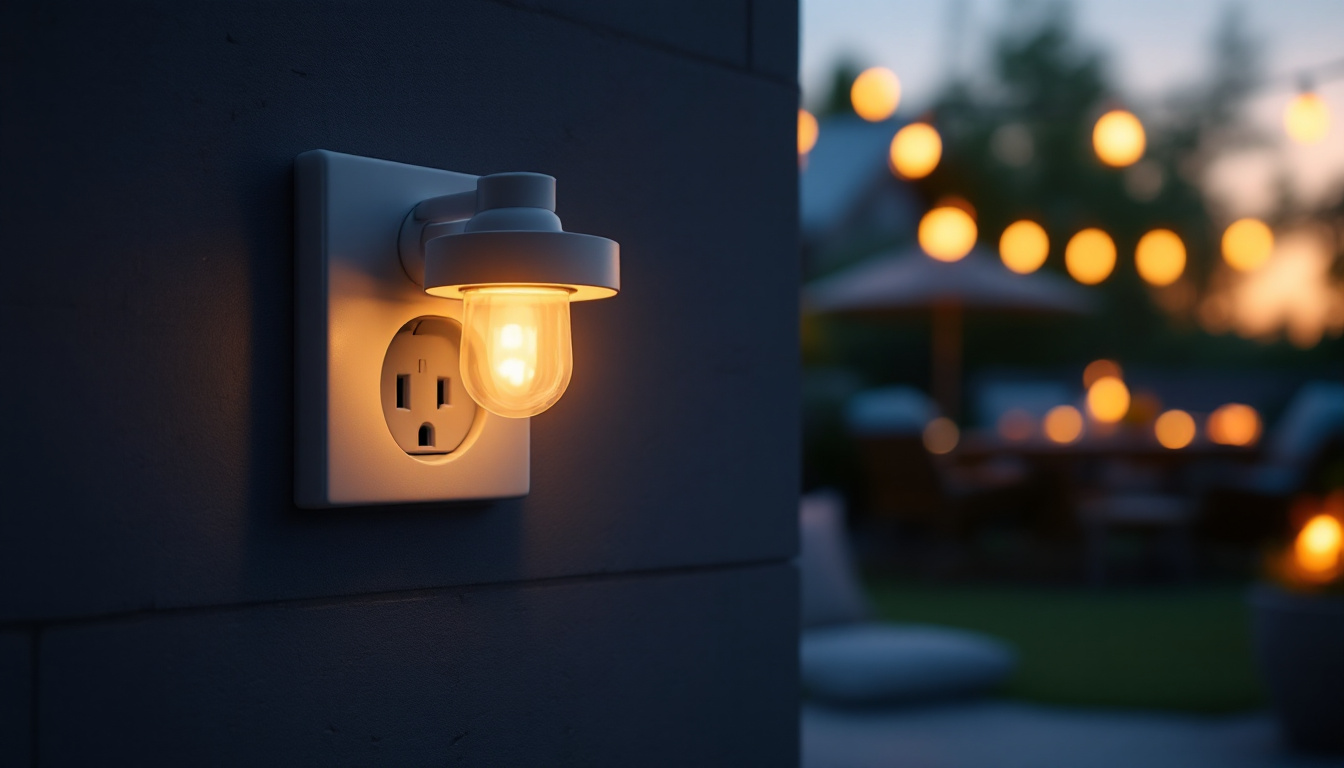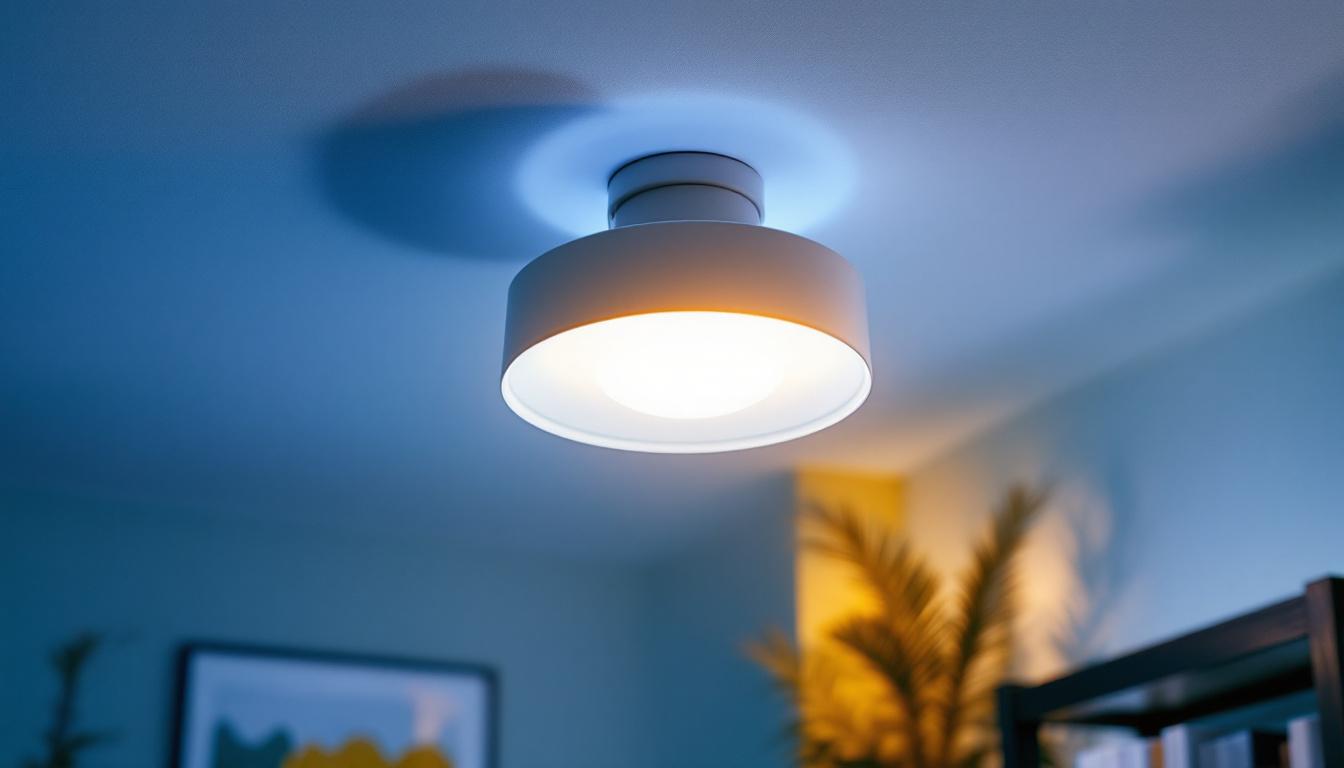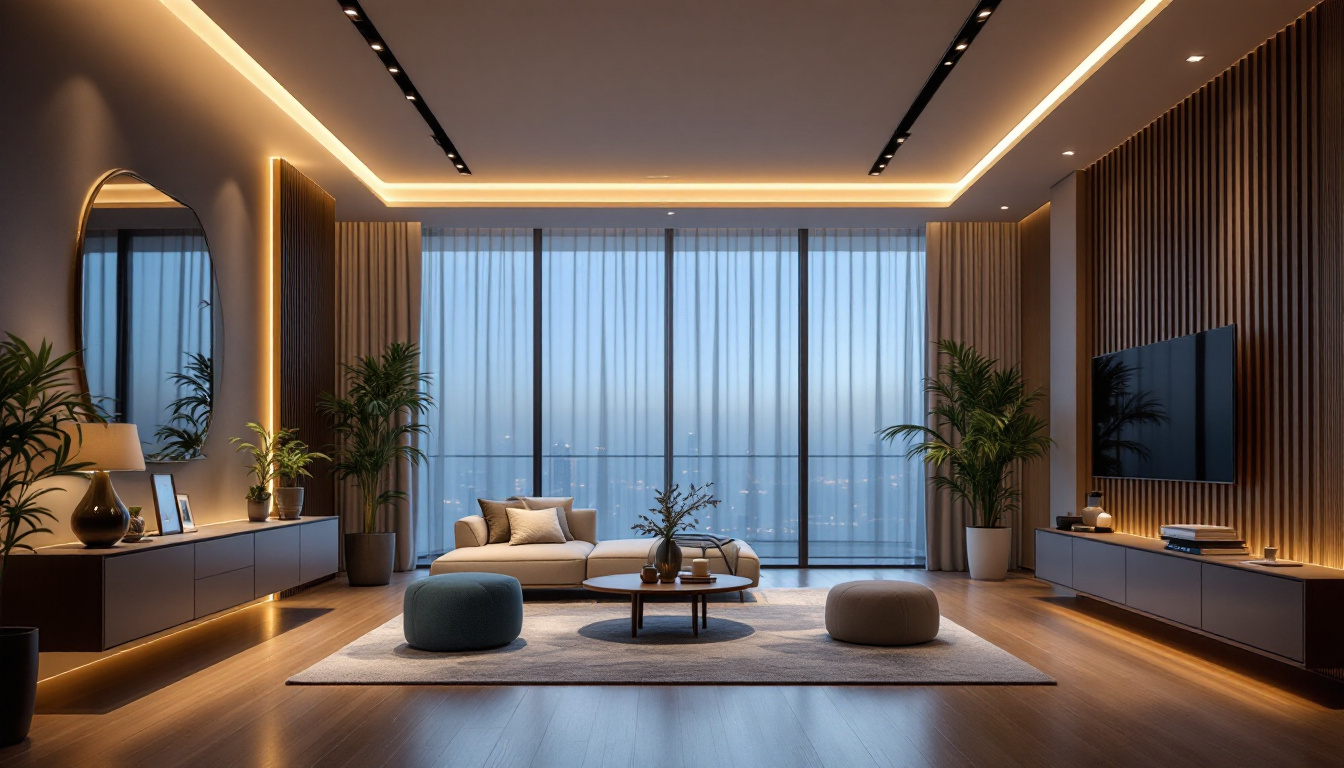
In the realm of lighting design, garages often receive less attention than other areas of a home or commercial space. However, proper illumination in these spaces is crucial for functionality, safety, and aesthetic appeal. For lighting contractors, understanding the best practices for garage lighting can significantly enhance the quality of their projects and the satisfaction of their clients. This article explores essential aspects of garage lighting, from choosing the right fixtures to installation techniques and energy efficiency considerations.
Before diving into specific lighting solutions, it is vital for contractors to comprehend the unique requirements of garage spaces. Garages serve various functions, from vehicle storage to workshops, and each use demands different lighting considerations.
Garages are typically utilitarian spaces, and the primary goal of lighting in these areas is to ensure visibility. Adequate lighting is essential for tasks such as parking vehicles, performing maintenance, or engaging in hobbies. Therefore, the lighting should be bright enough to illuminate all corners of the garage while minimizing shadows that can obscure visibility.
In addition to general illumination, task lighting may be necessary for specific activities. For example, if a garage is used as a workshop, focused lighting over workbenches can enhance productivity and safety. Understanding these functional requirements allows contractors to tailor their lighting designs effectively. Additionally, using adjustable fixtures can provide flexibility, enabling users to direct light where it is most needed, whether for intricate repairs or general organization tasks.
Safety is a paramount concern in garage spaces, especially when it comes to preventing accidents. Poor lighting can lead to falls, trips, and other hazards. Therefore, contractors should prioritize bright, even lighting that reduces dark spots and shadows.
Moreover, garages often house various tools and equipment, which can pose additional risks if not properly illuminated. Incorporating motion-sensor lights can enhance safety by automatically turning on when someone enters the garage, ensuring that the space is well-lit at all times. Furthermore, using LED lights not only provides bright illumination but also offers energy efficiency and longevity, reducing the need for frequent replacements and maintenance. This can be particularly beneficial in garages where lights may be left on for extended periods during projects or repairs.
Another important aspect of garage safety is the use of light colors. Opting for cooler color temperatures can create a more alert atmosphere, which is especially useful for tasks requiring concentration. In contrast, warmer tones can create a more relaxed environment, which might be preferred in garages used for leisure activities. By carefully selecting both the type and color of lighting, contractors can significantly enhance the usability and safety of garage spaces, making them more functional for their intended purposes.
With a clear understanding of the lighting needs, the next step is selecting the appropriate fixtures. The choice of lighting fixtures can significantly affect the overall effectiveness and efficiency of garage lighting.
There are several types of lighting fixtures suitable for garages, each with its advantages. LED lights are becoming increasingly popular due to their energy efficiency and longevity. They provide bright illumination while consuming less power, making them an excellent choice for contractors looking to offer sustainable solutions.
Fluorescent lights are another option, known for their ability to cover large areas with even light distribution. However, they may not be as energy-efficient as LEDs and can have a shorter lifespan. Contractors should weigh the pros and cons of each fixture type to determine the best fit for their clients’ needs.
The placement and spacing of fixtures are critical to achieving optimal lighting in a garage. A common mistake is to install lights too far apart, resulting in uneven illumination. To avoid this, contractors should consider the size and layout of the garage when determining fixture placement.
For standard garages, a good rule of thumb is to space fixtures approximately 8 to 10 feet apart. In larger garages or those with high ceilings, additional fixtures may be necessary to ensure adequate coverage. Additionally, placing lights at varying heights can help eliminate shadows and provide a more uniform light distribution.
As energy costs continue to rise, many clients are increasingly concerned about the efficiency of their lighting solutions. Lighting contractors play a vital role in promoting energy-efficient practices that not only save money but also contribute to environmental sustainability.
LED technology is at the forefront of energy-efficient lighting solutions. These fixtures consume significantly less energy than traditional incandescent or fluorescent lights, making them an attractive option for garages. Moreover, LEDs have a much longer lifespan, reducing the frequency of replacements and waste.
Contractors should educate clients about the long-term savings associated with LED lighting. While the initial investment may be higher than traditional options, the reduced energy consumption and maintenance costs can lead to substantial savings over time.
Incorporating smart lighting solutions can further enhance energy efficiency in garage spaces. Smart lighting systems allow homeowners to control their garage lights remotely, set schedules, and utilize motion sensors to ensure lights are only on when needed. This not only conserves energy but also adds convenience for users.
Additionally, smart lighting can integrate with home automation systems, allowing for seamless control of multiple lighting zones within the garage. Contractors should consider recommending these advanced solutions to clients looking to modernize their garage spaces.
While functionality and safety are paramount, the aesthetic aspect of garage lighting should not be overlooked. A well-designed lighting scheme can enhance the overall look of the garage and create a more inviting atmosphere.
The color temperature of lighting can significantly impact the ambiance of a garage. Warmer color temperatures (around 2700K to 3000K) create a cozy and inviting atmosphere, while cooler temperatures (4000K to 5000K) provide a more clinical and task-oriented environment. Contractors should discuss color temperature preferences with clients to ensure the lighting aligns with their vision.
In addition, using dimmable fixtures can allow homeowners to adjust the brightness according to their needs, providing flexibility for different activities within the garage.
Accent lighting can add a touch of style to a garage, especially if it serves as a multi-functional space. For instance, LED strip lights can be installed along shelves or workbenches to highlight specific areas, providing both illumination and visual interest.
Furthermore, decorative fixtures can enhance the overall design of the garage. Pendant lights or stylish wall sconces can transform a utilitarian space into a more aesthetically pleasing environment. Contractors should explore various design options to create a cohesive look that aligns with the homeowner’s preferences.
Proper installation is crucial to ensure that garage lighting performs optimally and safely. Lighting contractors must adhere to best practices to avoid common pitfalls and deliver high-quality results.
Before beginning any installation, contractors should familiarize themselves with local electrical codes and regulations. Compliance with these codes is essential for safety and legality. Additionally, understanding the specific requirements for garage lighting can help avoid potential issues during inspections.
Contractors should also consider consulting with local authorities or experienced electricians to ensure that their installations meet all necessary standards.
Once the installation is complete, testing the lighting system is a critical step. Contractors should assess the brightness, color temperature, and overall performance of the fixtures to ensure they meet the client’s expectations.
Adjustments may be necessary to achieve the desired lighting effect. This could involve repositioning fixtures, changing bulbs, or modifying dimmer settings. Taking the time to fine-tune the installation can lead to a more satisfied client and a successful project.
Even the best lighting systems require regular maintenance to ensure optimal performance over time. Educating clients about proper care and maintenance can extend the lifespan of their garage lighting and enhance their overall experience.
Dust and debris can accumulate on light fixtures, diminishing their brightness and efficiency. Contractors should advise clients to clean their garage lights regularly, ensuring that they remain free from obstructions. This simple maintenance task can significantly improve the quality of illumination.
Additionally, periodic inspections of the lighting system can help identify any issues early on. Checking for flickering lights, burnt-out bulbs, or faulty wiring can prevent larger problems down the line and ensure that the garage remains well-lit and safe.
As technology continues to advance, lighting solutions evolve as well. Contractors should stay informed about the latest developments in lighting technology and recommend upgrades to clients when appropriate. This could include transitioning to newer LED models, integrating smart lighting systems, or exploring innovative control options.
Encouraging clients to invest in upgrades can enhance their experience and ensure that their garage lighting remains efficient and effective for years to come.
Bright garage lights are essential for functionality, safety, and aesthetics. For lighting contractors, understanding the best practices in garage lighting design, fixture selection, energy efficiency, and installation can lead to successful projects and satisfied clients. By prioritizing the unique requirements of garage spaces and staying informed about the latest technologies, contractors can elevate their services and contribute to the overall satisfaction of homeowners.
As the demand for quality garage lighting continues to grow, embracing these best practices will not only enhance the contractor’s reputation but also ensure that clients enjoy well-lit, safe, and functional garage spaces for years to come.
Ready to take your garage lighting projects to the next level? At LumenWholesale, we provide lighting contractors with the highest quality, spec-grade lighting products at prices that can’t be beaten. Say goodbye to local distributor markups and hello to a vast selection of reliable, high-performance lighting that meets the most rigorous industry standards. With the convenience of free shipping on bulk orders, you can stock up on premium lighting solutions and pass the savings on to your clients. Elevate your service offerings and delight your clients with well-lit, safe, and functional garage spaces. Discover the ideal combination of quality, affordability, and convenience at LumenWholesale – Wholesale Lighting at the Best Value.

Discover the essential role of path lighting in modern landscaping and why it’s a must-have for every lighting contractor.

Discover how outdoor socket lights can revolutionize your home’s energy efficiency.

Discover the essentials of semi-flush mount ceiling lights with our comprehensive guide tailored for lighting contractors.

Discover essential insights into recessed lighting with our comprehensive guide tailored for lighting contractors.